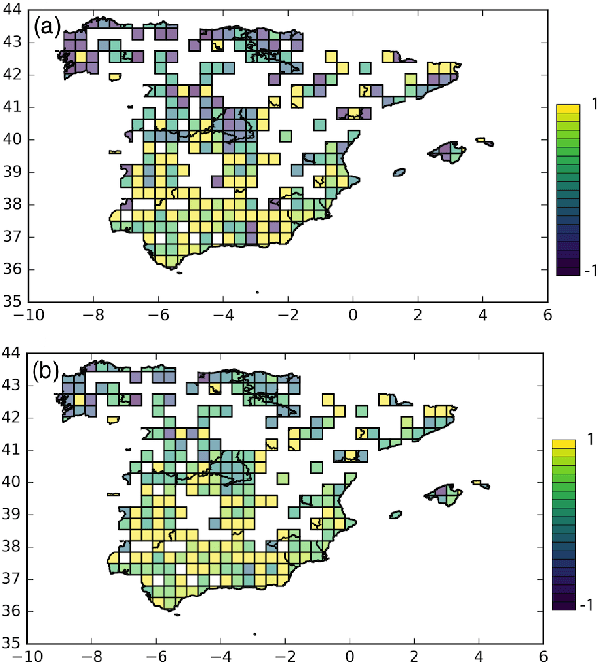Dialectometric analysis of language variation in Twitter
Paper and Code
Feb 22, 2017



In the last few years, microblogging platforms such as Twitter have given rise to a deluge of textual data that can be used for the analysis of informal communication between millions of individuals. In this work, we propose an information-theoretic approach to geographic language variation using a corpus based on Twitter. We test our models with tens of concepts and their associated keywords detected in Spanish tweets geolocated in Spain. We employ dialectometric measures (cosine similarity and Jensen-Shannon divergence) to quantify the linguistic distance on the lexical level between cells created in a uniform grid over the map. This can be done for a single concept or in the general case taking into account an average of the considered variants. The latter permits an analysis of the dialects that naturally emerge from the data. Interestingly, our results reveal the existence of two dialect macrovarieties. The first group includes a region-specific speech spoken in small towns and rural areas whereas the second cluster encompasses cities that tend to use a more uniform variety. Since the results obtained with the two different metrics qualitatively agree, our work suggests that social media corpora can be efficiently used for dialectometric analyses.
 Add to Chrome
Add to Chrome Add to Firefox
Add to Firefox Add to Edge
Add to Edge